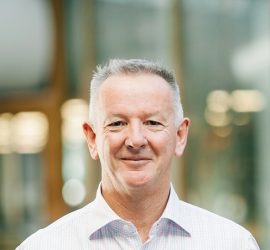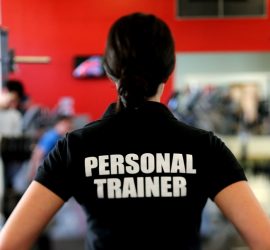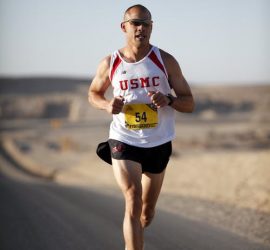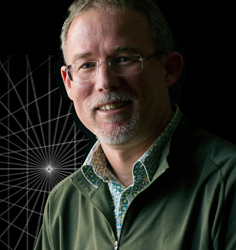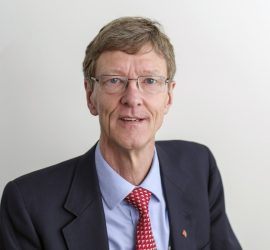Interview: Prof Andrew Creswell talks about the intrinsic muscles of the foot
Little is known about the small intrinsic foot muscles and their function during walking and running. In this video, Prof Andrew Creswell of the University of Queensland talks about the results of his research in which he has utilized imaging ultrasound and intramuscular electromyography to study the role of intrinsic […]

